Talking to Children about the Past: Segregation and Integration
This post may contain affiliate links.
by author Hester Bass
When my children were little, one of the concepts they grew most indignant about was fairness, which is also a central issue when discussing the Civil Rights Movement in America, segregation, and integration.

So when I visit schools to talk about my new book Seeds of Freedom: The Peaceful Integration of Huntsville, Alabama (Candlewick Press, illustrated by E. B. Lewis), one of the examples I use that seems to help students understand segregation is this activity.
Segregation, Integration, and Protest Activity
1. ENTER A STORE. I ask the children to imagine they have a pocketful of money and are in a fantastical candy store, such as Honeydukes in the Harry Potter books. (Sometimes I say it’s an amazing book store, depending on the class.)
2. FACE REJECTION. But as they approach the counter to make their purchase, they are told that because they have blue eyes – or brown hair, or wear glasses; something that seems arbitrary – they will not be allowed to buy anything and are asked to leave the store. This seems to clearly communicate the sting of being told “no.”
3. PLAN A PROTEST. Then I ask them to imagine a peaceful protest – that even though they may feel angry and frustrated and disappointed – to think of ways they might let the store clerk know, in a calm manner, how hurtful that feels. (Children can be very inventive here.)
4. GET RESULTS. Finally I ask them to imagine that, because they remained respectful and spoke without anger, the store clerk listens to what they have to say, and allows them to buy whatever they want. That seems to communicate the relief and joy of integration.
There are other ways to help children learn about history as well as discover ways to control their impulses whenever they face injustice or bullying. There’s a Teacher’s Guide available for download here with correlations to Common Core Guidelines, written by Vanderbilt University Professor of Children’s Literature, Ann M. Neely. One of my favorite activities is the tracing of the children’s shoes to create an illustrated timeline of events or create scenes from the book.
Someone asked me recently who my ideal reader might be, and I think that would be the person who reads the last two lines of the Author’s Note and takes those words into heart and action: “Sometimes all it takes is one person to start something good. In your community, that person could be you.” There’s a button on my totebag that sums up this lesson nicely. It says, “One person can only do so much.”
Bio: Hester Bass is the author of Seeds of Freedom: The Peaceful Integration of Huntsville, Alabama and The Secret World of Walter Anderson, both books from Candlewick Press, illustrated by E. B. Lewis.

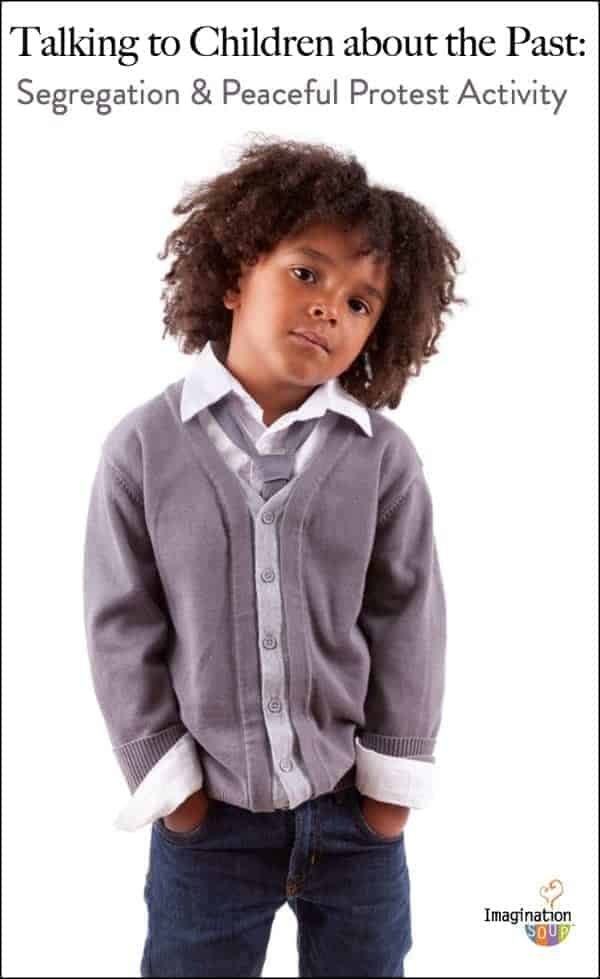
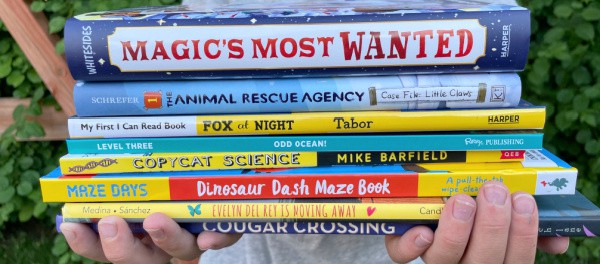
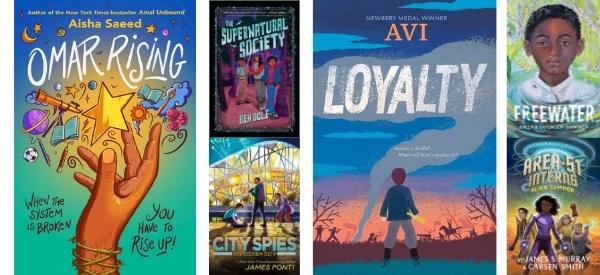
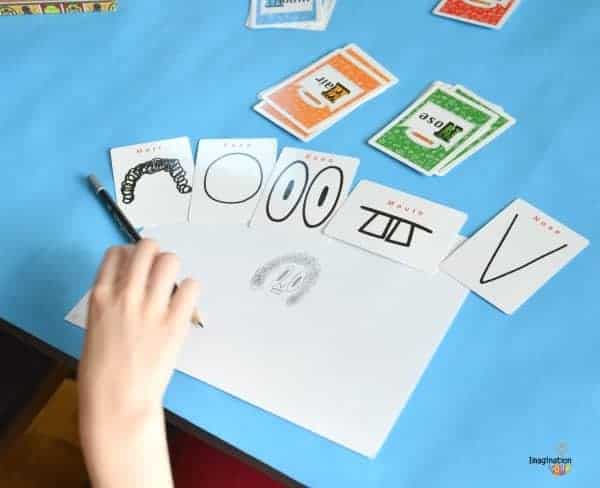
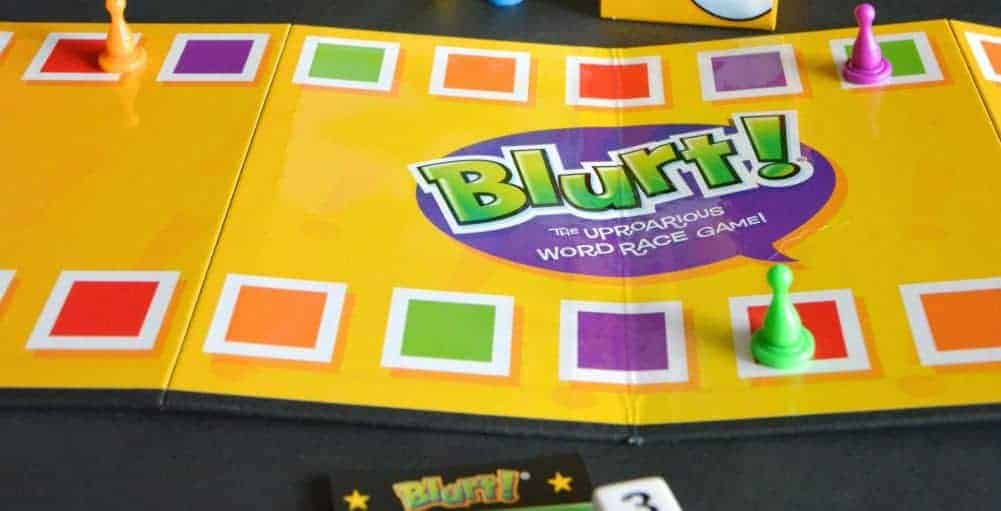

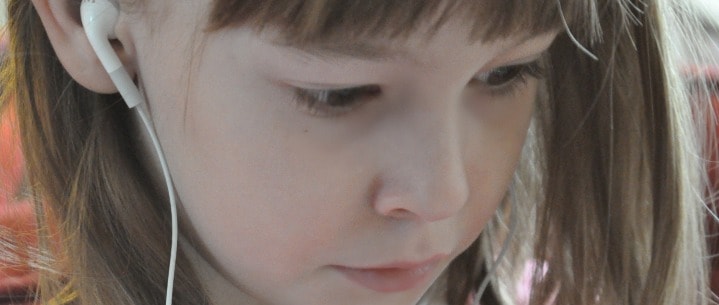
Great activity! I’ll have to put this book on my list. We recently went to a railroad museum and they had an exhibit about the segregated seating. It was so powerful.
wow – such a great opportunity to learn!